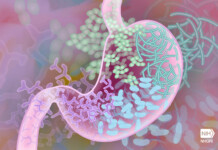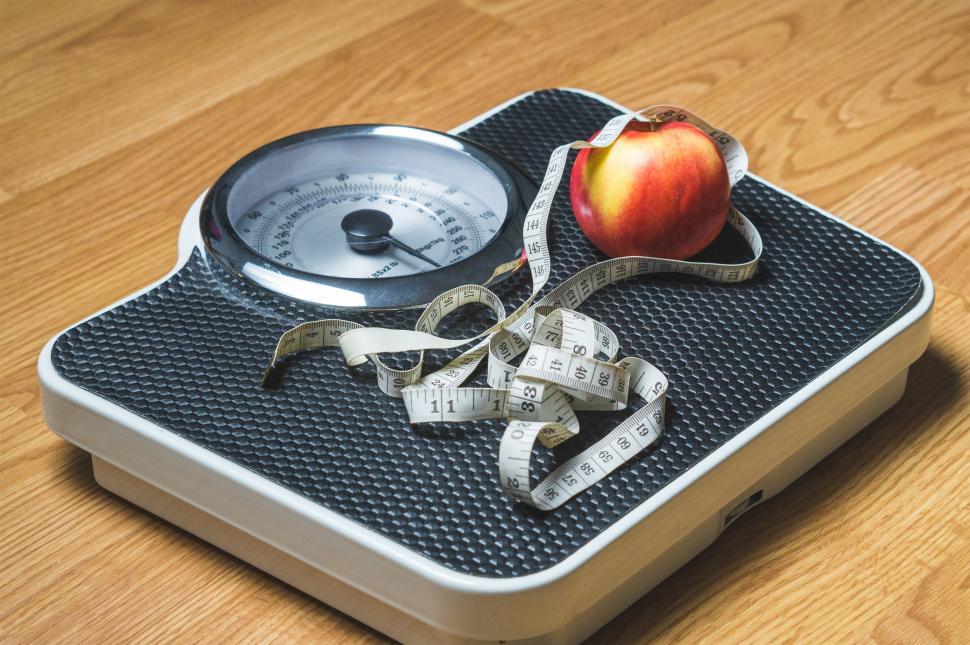By Nancy Clark MS RD CSSD — If you are like most athletes, you are busy juggling work, workouts, family, and life. You likely eat meals and snacks on the run, grabbing an energy bar here, a frozen meal there, and a protein shake to go. You can easily fuel yourself with highly processed foods that are ready to heat and/or ready to eat.
While you can choose a nutritionally well-balanced diet when eating on the run, you might want to pay attention to the amount of ultra-processed foods that sneak into your meals and snacks. They have a food matrix far different from natural foods, and they might have an impact on your weight and health.
What are ultra-processed foods?
Cooked eggs, canned beans, and dried raisins are all considered processed foods. Technically speaking, a processed food is one that has been altered from its original form. The foods have been cooked, dried, or canned in a way that’s safe for your health.
Ultra-processed foods include fast foods, sugary drinks, chips, candies, sweetened cereals, etc. They span the spectrum from minimally processed foods that are prepared to make them edible (bran flakes) to industrial formulations with five or more ingredients (Cap’n Crunch). Ultra-processed foods commonly have added flavors, sugars, fats, preservatives and ingredients that you are unlikely to have stocked in your pantry, such as sodium benzoate. These foods are designed to be convenient, ready to eat, palatable, affordable and welcomed as replacements for freshly prepared meals and snacks.
More than half the calories consumed in the US come from ultra-processed foods (think packaged soups, instant noodles, frozen meals, hot dogs, cake mixes.) The foods tend to be high in calories, salt, and fat, and low in fiber. Ultra-processed foods can be marketed as natural, healthy and organic. (Those words don’t refer to the process of how the food was made.) Yes, your favorite all-natural, organic energy bar likely counts as an ultra-processed food.
A diet rich in ultra-processed foods has been associated with high blood pressure, heart disease, Type 2 diabetes, and stroke. While these foods might not cause those health problems, people with the health issues are more likely to consume a fair amount of ultra-processed foods. We need more research to determine if these easy-to-overeat foods are the problem (“I can’t eat just one…”), or if their high caloric density makes them easier to over-consume.
Ultra-processed foods and your waistline.
Speaking at the Academy of Nutrition and Dietetics’ (AND) 2019 Food and Nutrition Conference and Expo (FNCE), Kevin Hall PhD of the National Institutes of Health spoke about the ease of weight gain among people who eat a plethora of ultra-processed foods. He conducted a study in which 20 healthy adults (10 men, 10 women) ate as much or as little as they wanted for 14 days from a buffet of minimally-processed or ultra-processed foods (1). The buffets were matched for calories, sugar, fiber, carbohydrate, protein, fat, and salt. The subjects rated both diets as being equally palatable. Yet, when the subjects ate from the ultra-processed buffet, they consumed about 500 calories above their baseline intake and they gained about 2 pounds in two weeks. (Some of that weight gain can be attributed to water-weight, given the ultra-processed foods they chose were higher in sodium than their standard diet.)
When the subjects ate the unprocessed diet, they chose their typical caloric intake, yet they lost about 2 pounds in two weeks. How could that be? Some weight loss was related to water-weight loss, but some might be related to a higher amount of calories needed to digest the whole foods. (This is called the Thermic Effect of Food—the increase in the body’s metabolic rate related to the consumption, digestion, metabolism and storage of food.) Foods in their natural state take more energy to be digested and metabolized than highly processed foods. For example, a grilled cheese sandwich made with whole wheat bread and cheddar cheese uses about 20% of the ingested calories to digest and metabolize the nutrients. In contrast, the same sandwich made with white bread and processed American cheese uses only 11% of ingested calories (2)
Ultra-processed foods tend to be high in simple-to-digest sugar, with a low thermic effect. They also tend to be low in fiber. Fiber-calories are not readily accessible to the body. Almonds, for example, reportedly offer 170 calories per ounce (23 almonds), as written on the food label. The reality is, your body can access only 130 of those calories (3). Fiber-rich plants foods can be better for your waistline (and your overall health).
Processing changes the food structure (matrix), and this impacts satiety, the feeling of fullness that persists after eating. The more a food is processed, the lower it’s satiety, likely related to its higher glycemic response (rise in blood glucose). Simply put, devouring 500 calories of ten (ultra-processed) Oreos is far easier than chewing through 500 calories of almonds (~70 almonds)—and is far less satiating.
The bottom line
At this time, we have no data to confirm that ultra-processed foods cause obesity, but they are certainly associated with obesity. Dr. Hall is planning another study to look at the impact of energy-density on calorie intake. Til then, common sense tells us for weight management, our best bet is to snack on whole grains, fresh and dried fruits, nuts and other minimally processed foods. Limiting ultra-processed foods may be an effective weight-management strategy.
Recipe for Super-Seedy Granola Bars
These crunchy, seedy bars offer fiber, protein, and healthy fats. They are minimally processed and a wrapper-free alternative to yet-another energy bar in a shiny wrapper.
When making these bars, you are welcome to mix-and-match the ingredients. That is, don’t fret is you don’t have chia (although the chia seeds add a fun crunch) or if you want to use chopped walnuts instead of sunflower seeds.
These bars are best stored in the refrigerator for a quick and hearty snack. At room temperature, they can become crumbly, though the crumbs are totally enjoyable by the spoonful and as a topping for yogurt or oatmeal.
- 1 1⁄2 cup dry oatmeal
- 1⁄2 cup sunflower seeds, hemp hearts, or chopped nuts of your choice
- 3 tablespoons chia seeds
- 1⁄4 cup dried fruit of your choice, such as craisins or chopped dates
- 1 teaspoon ground cinnamon
- 1 cup peanut butter or nut butter of your choice
- 1⁄2 cup honey
- Optional: 1 teaspoon vanilla extract, 1⁄2 teaspoon salt
- Line a 9-x 9-inch square pan with parchment paper or plastic wrap with enough overhang for easy removal.
- In a medium-sided bowl, combine oats, sunflower seeds, chia seeds, dried fruit, cinnamon (and salt).
- In a small microwaveable bowl, combine peanut butter, honey (and vanilla extract); warm in the microwave oven (30 to 60 seconds), and then mix together until very smooth.
- Pour the peanut butter mixture over the dry ingredients. Using a sturdy spoon, stir until evenly combined.
- Transfer the mixture to the prepared pan. Using the back of the spoon or a spatula, firmly press the mixture evenly into the pan.
- Cover and refrigerate for at least 1 hour or overnight.
- Gently lift the parchment or plastic overhang to remove from pan and slice into 16 bars. Id desired, wrap individual bars and place them in a freezer-safe bag to store in the fridge or freezer.
Yield: 16 bars. Nutrition information: 2,900 total calories; 180 calories per bar; 20 g carbohydrate; 5 g protein; 9 g fat
References:
- Hall, K et al. Ultra-processed diets cause excess calories intake and weight gain: An inpatient randomized control trial of ad libitum food intake. Cell Metabolism 2019; 30:67-77.
- Barr, S. and J. Wright. Postprandial energy expenditure in whole-food and processed-food meals: implication for daily energy expenditure. Food & Nutrition Research 2010; 54: 5144-5153.
- Novotny J. et al, Discrepancy between the Atwater factor predicted and empirically measured energy values of almonds in human diet. Amer J Clin Nutr 2012 96(2):296-301.







